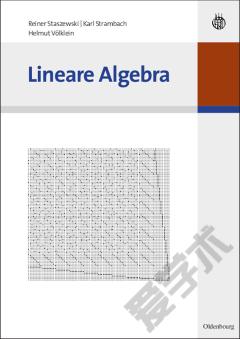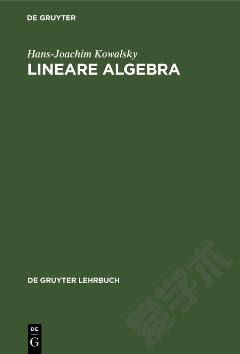Linear Algebras
The theory of linear associative algebras (or closed systems of hypercomplex numbers) is essentially the theory of pairs of reciprocal linear groups 52) or the theory of certain sets of matrices or bilinear forms Beginning with Hamilton's discovery of quaternions seventy years ago, there has been a rapidly increasing number of papers on these various theories. The French Encyclopedia of Mathematics devotes more than a hundred pages to references and statements of results on this subject (with an additional part on ordinary complex numbers). However, the subject is rich not merely in extent, but also in depth, reaching to the very heart of modern algebra. The purpose of this tract is to afford an elementary introduction to the general theory of linear algebras, including also non-associative algebras. It retains the character of a set of lectures delivered at the University of Chicago in the Spring Quarter of 1913. The subject is presented from the standpoint of linear algebras and makes no use either of the terminology or of theorems peculiar to the theory of bilinear forms, matrices or groups (aside of course from 52 — 54, which treat in ample detail of the relations of linear algebras to those topics).
{{comment.content}}








 京公网安备 11010802027623号
京公网安备 11010802027623号